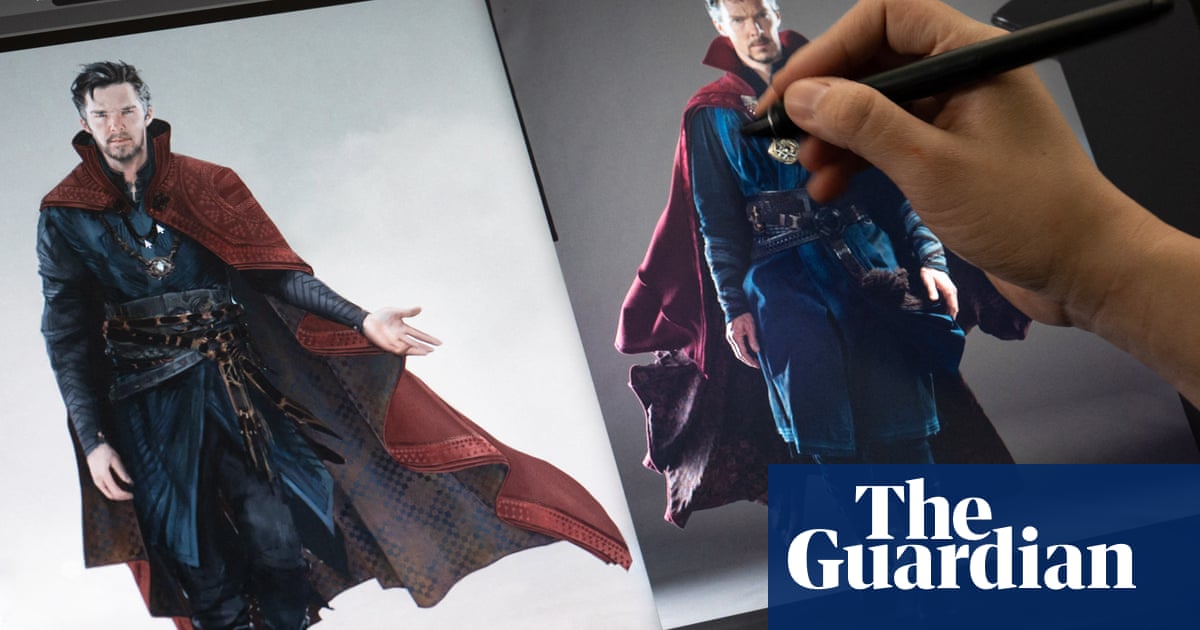”
But the effects are not just on the creative side. The impact of AI on the entertainment industry extends to the business side as well. “Blowing up cars is really expensive. Wouldn’t it be great to have a system that does it better and faster?” the VFX executive asks. And indeed, AI is making that a reality. The use of AI in pre-visualization and digital effects can streamline the production process and cut costs significantly. This efficiency is attractive to studios looking to maximize profits in an industry that is becoming increasingly competitive.
So, where does this leave the artists and creative professionals whose livelihoods are at stake? The sentiment at THU is one of concern and frustration. The fear of losing jobs to AI is very real, and the impact is already being felt. As AI continues to advance and become more sophisticated, the role of human artists in the entertainment industry is becoming increasingly uncertain.
As the industry grapples with the implications of AI, it is clear that changes are on the horizon. The future of entertainment may be driven by algorithms and automation, but the human touch and creativity that artists bring to their work cannot be replicated by machines. The challenge now is to find a balance between harnessing the power of AI for efficiency and innovation, while also preserving the unique perspective and talent that human artists bring to the table.
It is clear that the intersection of AI and art is causing significant tension and challenges within the creative industry. Artists like Karla Ortiz are taking a stand against AI companies that they believe are infringing on their rights and identity by using their work without permission. The class action lawsuit she has launched could have far-reaching consequences for the future of AI-generated art.
On the other hand, AI companies like Runway AI see their technology as a way to reduce costs and increase efficiency in the creation of content. They argue that AI can free artists from tedious tasks and allow them to focus on more creative aspects of their work. While some jobs may disappear, new opportunities may also arise in this evolving landscape.
The debate over whether AI will replace humans is ongoing, but many industry professionals believe that it is more about collaboration and adaptation than outright replacement. Just as CGI revolutionized animation and led to the growth of the industry, AI could potentially have a similar impact on the creative world.
As artists navigate this uncertain future, it will be essential for them to find ways to make AI work for them, rather than against them. Embracing the potential of AI to enhance creativity and productivity could be the key to thriving in this rapidly changing environment.
Luis compares generative AI to highly processed food: it is unable to create anything original; it can only rehash what already exists, resulting in a subpar product. “And many companies are focused on producing fast food,” he explains. Numerous individuals view AI as a means to generate quick, inexpensive content, rather than high-quality material that has been crafted over time with genuine human input.
In addition to Ortiz’s lawsuit potentially halting the supply, the general public does not favor AI-generated content, and neither do the artists employed in these sectors – many of whom feel like skilled chefs being forced to flip burgers. “There are numerous individuals leaving these companies attempting to create AI fast food,” Luis remarks. “They are exploring new paths in a different manner, and I believe they are correct.” He perceives THU as a part of this movement; beyond the festival, it serves as a year-round platform for creatives to connect and collaborate.
The democratizing potential of AI could usher in what Luis refers to as “a new era of indie” in films, games, and TV. Similar to how digital technology placed cameras, editing, and graphics tools within reach of a broader audience. “AI will enable many young individuals who previously lacked the funds to bring their ideas to life, to create remarkable things,” he states. “Instead of fearing AI, many young creators are thinking, ‘My dreams are now achievable. I don’t need $100 million to accomplish this – I can do it with $2 million.’ Instead of one company with 500 employees, you’ll have 100 companies with five employees.” As was the case with cinema in the 90s, “the major studios will begin acquiring content from independent creators,” Luis predicts.
This may not be welcome news for entertainment conglomerates, but it could be fantastic news for audiences, creators, and art itself. Luis emphasizes that what matters is not the profit margin but rather culture and the influence it has on individuals, in order to enrich society. “AI is already here,” he advises the young creators at THU, “so you must adjust. Recognize the opportunities, acknowledge the challenges, but realize that it can assist you in approaching things differently. You must ask yourselves, ‘How can I contribute to that?’”
